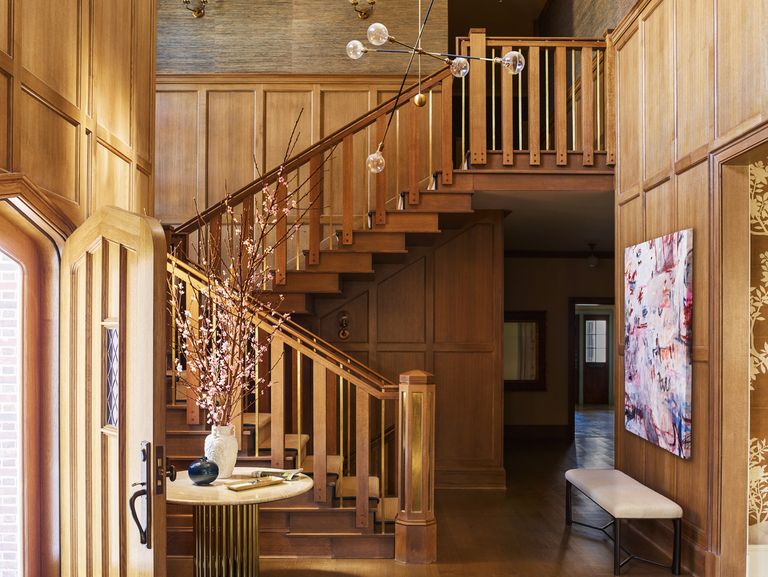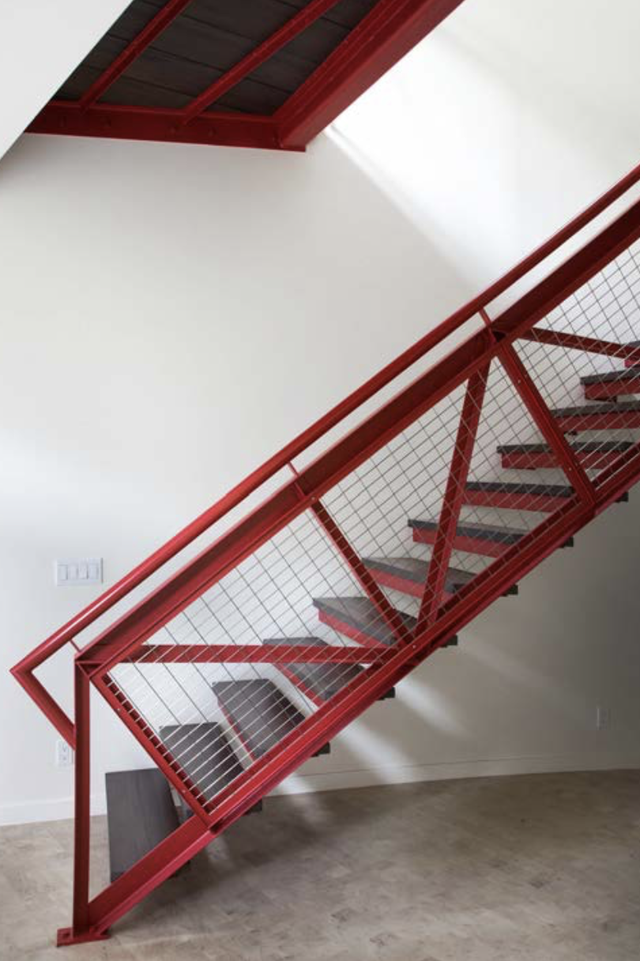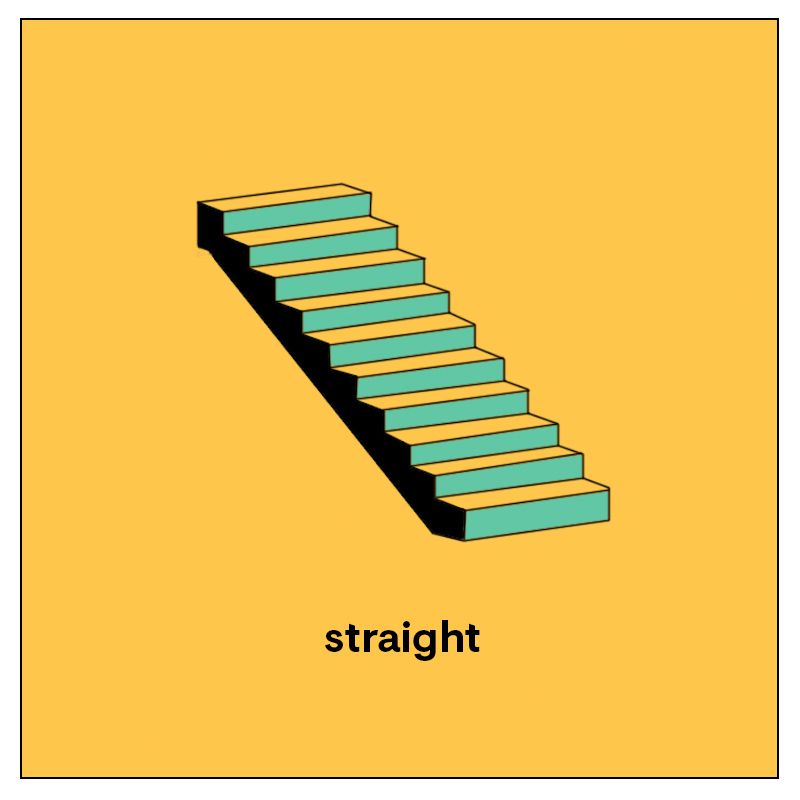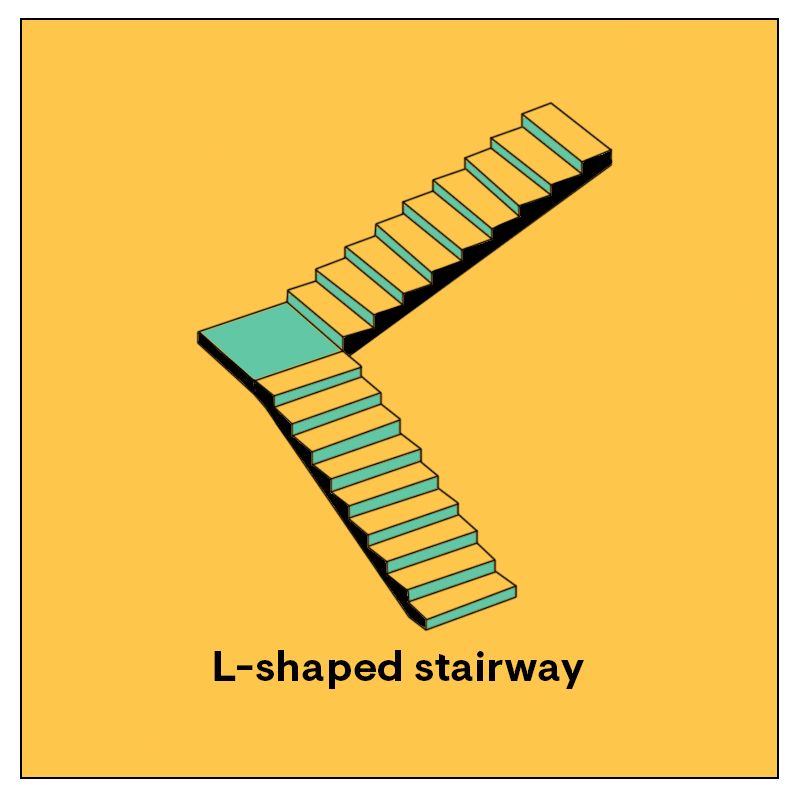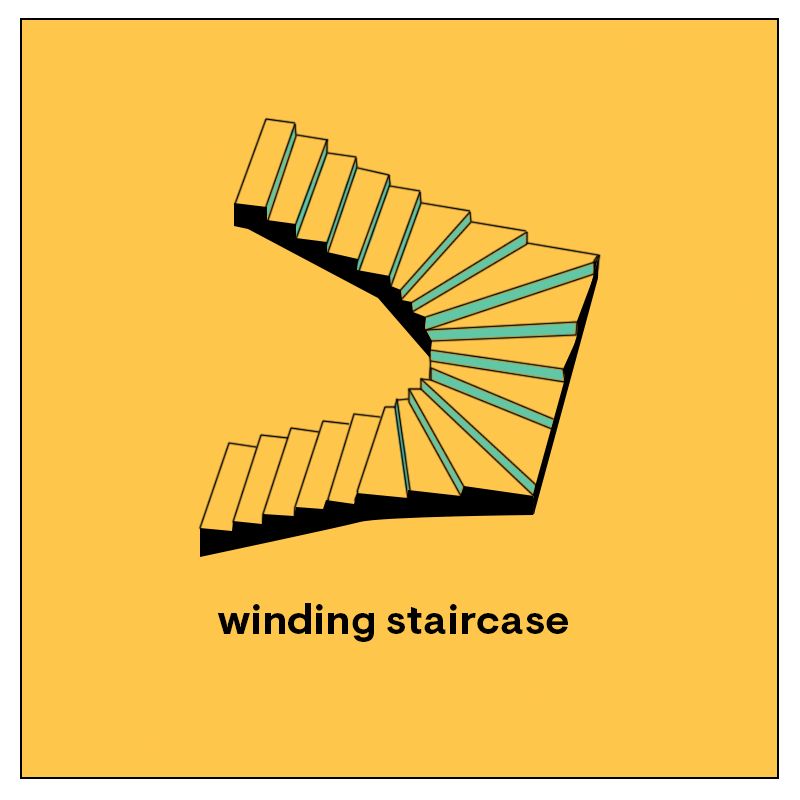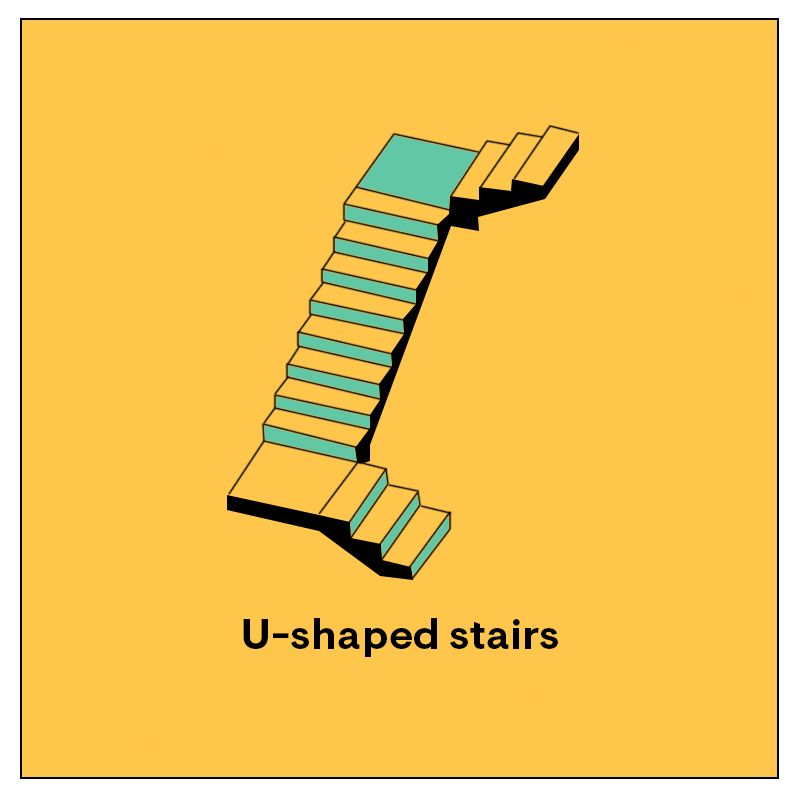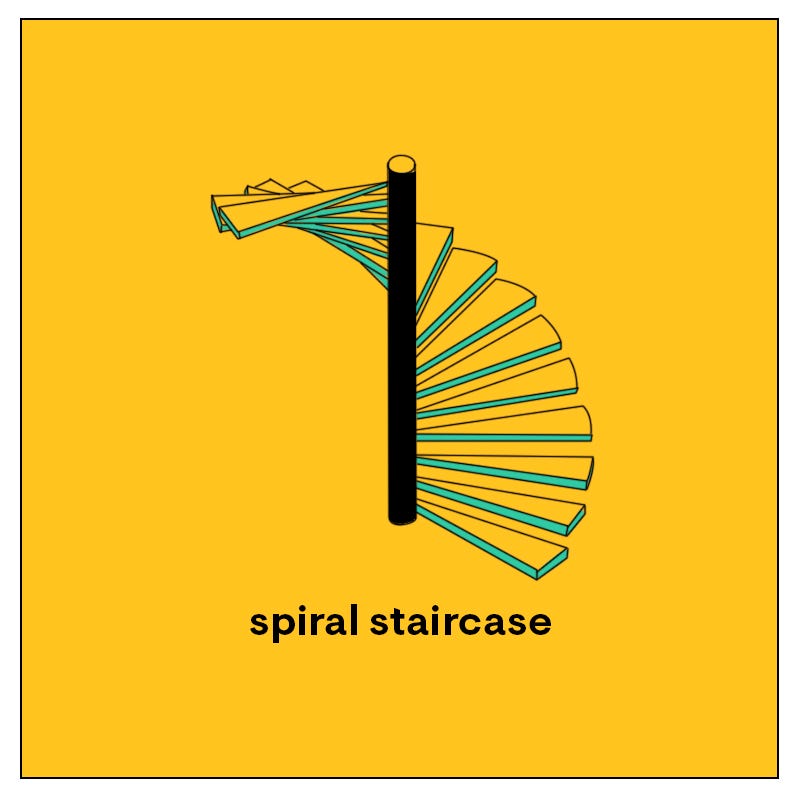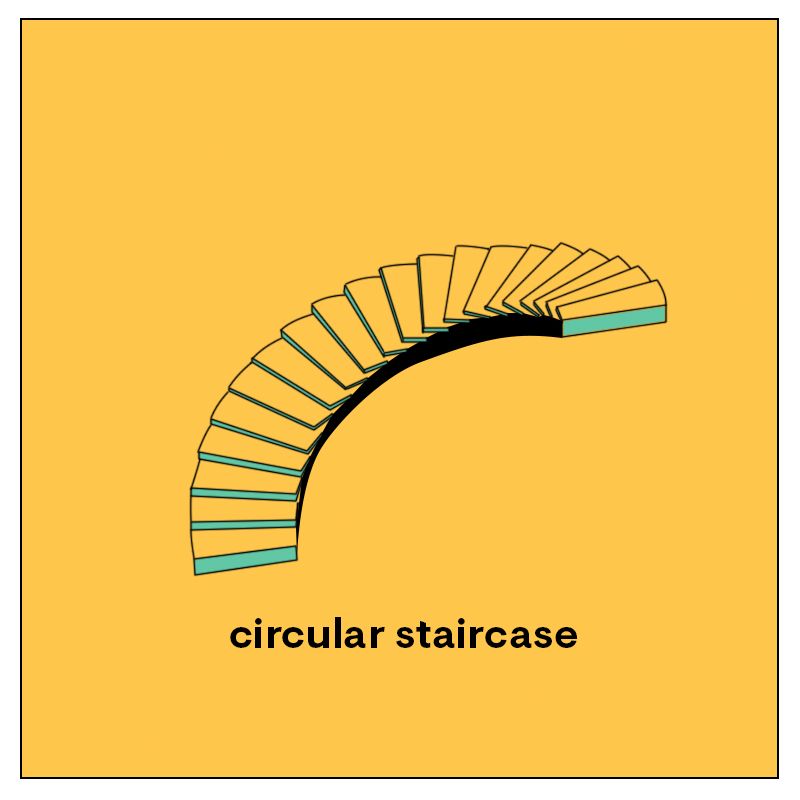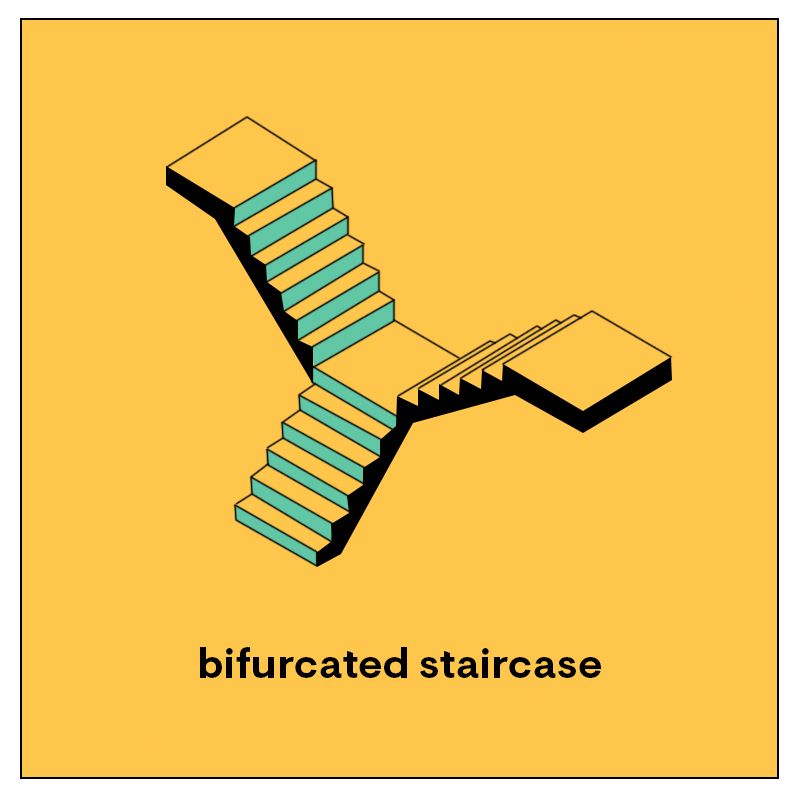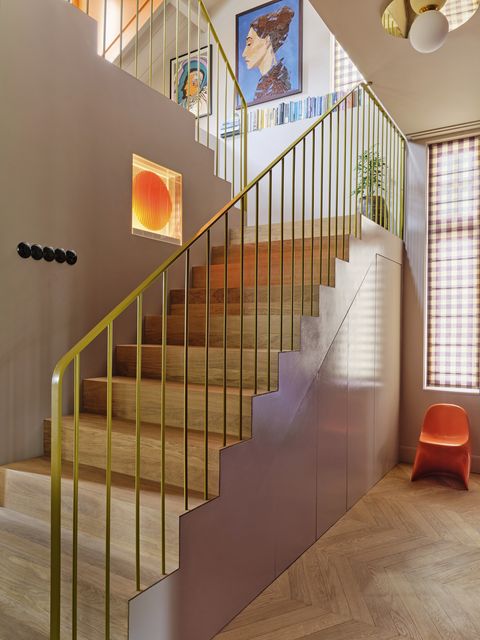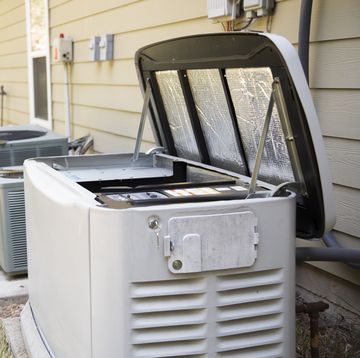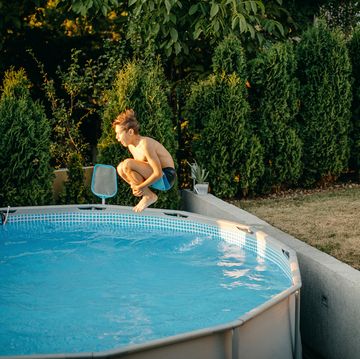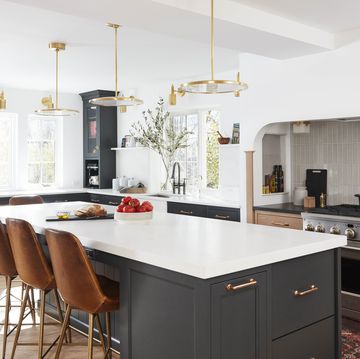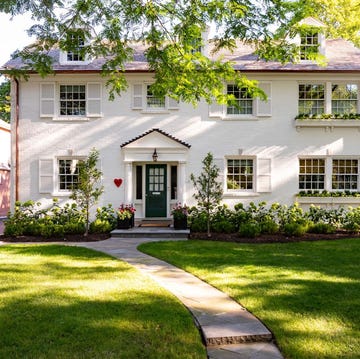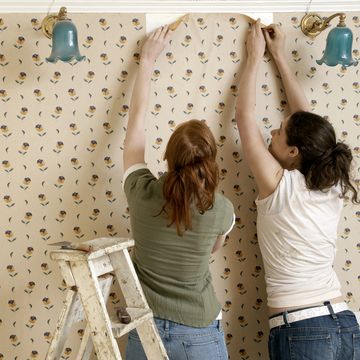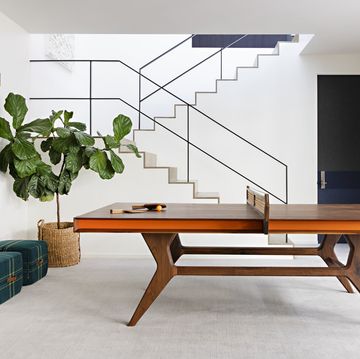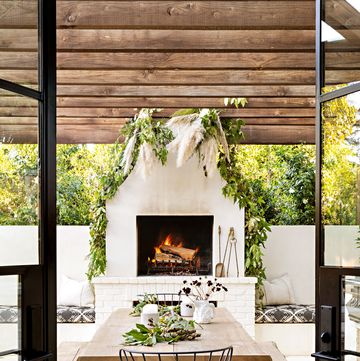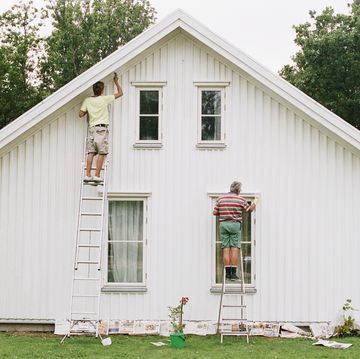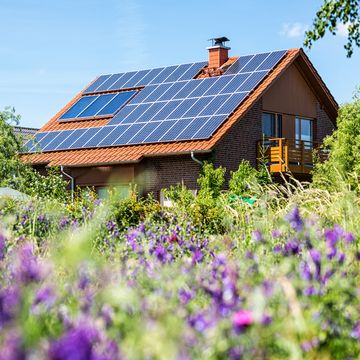Imagine actually enjoying the hike up to your second (or third or fourth!) floor. Refreshing your staircase could be as simple as opening a can of paint or installing a new runner, but a full-on remodel of the feature may be well worth the undertaking. In an entryway, of course, it’s the first thing guests or potential buyers see, "so stairs should have a welcoming feel that draws visitors in," says Kerrie Kelly, CEO and creative director of Kerrie Kelly. “The investment not only adds a special element but also adds value to a home,” adds Juliana Sorzano, LEED Green associate and project manager at PJCArchitecture.
Like every other design detail in your home, they can be a reflection of your personal taste and style, while also making life easier (for example, replacing straight stairs featuring a knee-bending 45-degree angle with something easier on the joints). If you’re starting from scratch, you have plenty of stair style choices. So many, in fact, it's not always easy to know where to start, so it can help to begin by reflecting on your lifestyle and needs. "Take into consideration your family’s needs when choosing a stair type," says Kelly.
For example, while an elegant spiral staircase is lovely, the treads are narrow and can be difficult for small kids, pets, and people with mobility issues to navigate. Your stairs should be beautiful but also practical for your family’s needs. Whether your goal is to match the original architecture or provide contrast between old and new, you should start the process by getting to know the common stair types. Keep reading to see visuals of the main types of staircase designs so you can then narrow down the best option for your own home.
Straight
This is the most common type of residential stair; it’s simply a straight shot from one level to the next. The area underneath it can be used, too, by adding drawers or other storage options (like wall hooks!) so the space isn’t wasted, Kelly advises.
- Pros: Easy to build because it doesn’t require special construction techniques
- Cons: Takes up a lot of linear space
L-Shaped
A variation on the straight stair, this style turns 90 degrees at some point to create an L-shape. The number of treads on each section can vary from two to as many as needed to make the turn.
- Pros: More visually interesting; can provide privacy to the upper space because it’s not a straight-on view
- Cons: More complicated construction; can be difficult to move furniture up and down
Winding
A winding staircase includes some treads that are pie-shaped (wider on one end than the next), replacing the need for a landing. It lends a more elegant, grand feel to a space as it wends upward, says Kelly.
- Pros: Visually appealing; saves space because a landing is not required
- Cons: More complicated construction
U-Shaped
The U-shaped stair is created with two parallel flights connected by a landing with a 180-degree turn. “This style is striking-looking. The staircase almost becomes a piece of artwork,” says Kelly.
- Pros: Eye-catching; works well in modern settings; may have open risers which allow light to pass through; landing offers a resting point
- Cons: Open risers may be uncomfortable for some family members or pets to navigate; can be difficult to move furniture up and down
Spiral
This style of stair has a central support with treads curving around it. Typically, it’s not recommended as the primary access to your home’s second story because of the tight turns, says Kelly.
- Pros: Elegant style; compact design requiring only a 5-foot radius so it fits in smaller spaces
- Cons: Narrow treads may make it difficult for some family members and pets to navigate; also and no handrail on the inner side; almost impossible to move furniture up and down
Circular
Circular stairs lead upwards in a flowing arc. It doesn’t require a fixed central column like spiral staircases do. It’s often used in public spaces.
- Pros: Attractive, sweeping aesthetic
- Cons: Requires a great deal of space; appropriate for large homes and commercial settings
Bifurcated
A straight staircase leads upwards, then splits off on a landing to two smaller flights going in opposite directions. “There’s no question this is the grandest and most dramatic style with a ‘movie set’ feel,” says Kelly. Think of the stairway in Titanic or Gone with the Wind.
- Pros: Elegant and eye-catching; it says, “Here I am!”
- Cons: Requires a tremendous amount of space; can’t be done on a small scale
Now get inspired by some of our favorite staircases from designers, and learn more about their favorite materials and colors to use.
Follow House Beautiful on Instagram.
Arricca Elin SanSone has written about health and lifestyle topics for Prevention, Country Living, Woman's Day, and more. She’s passionate about gardening, baking, reading, and spending time with the people and dogs she loves.
